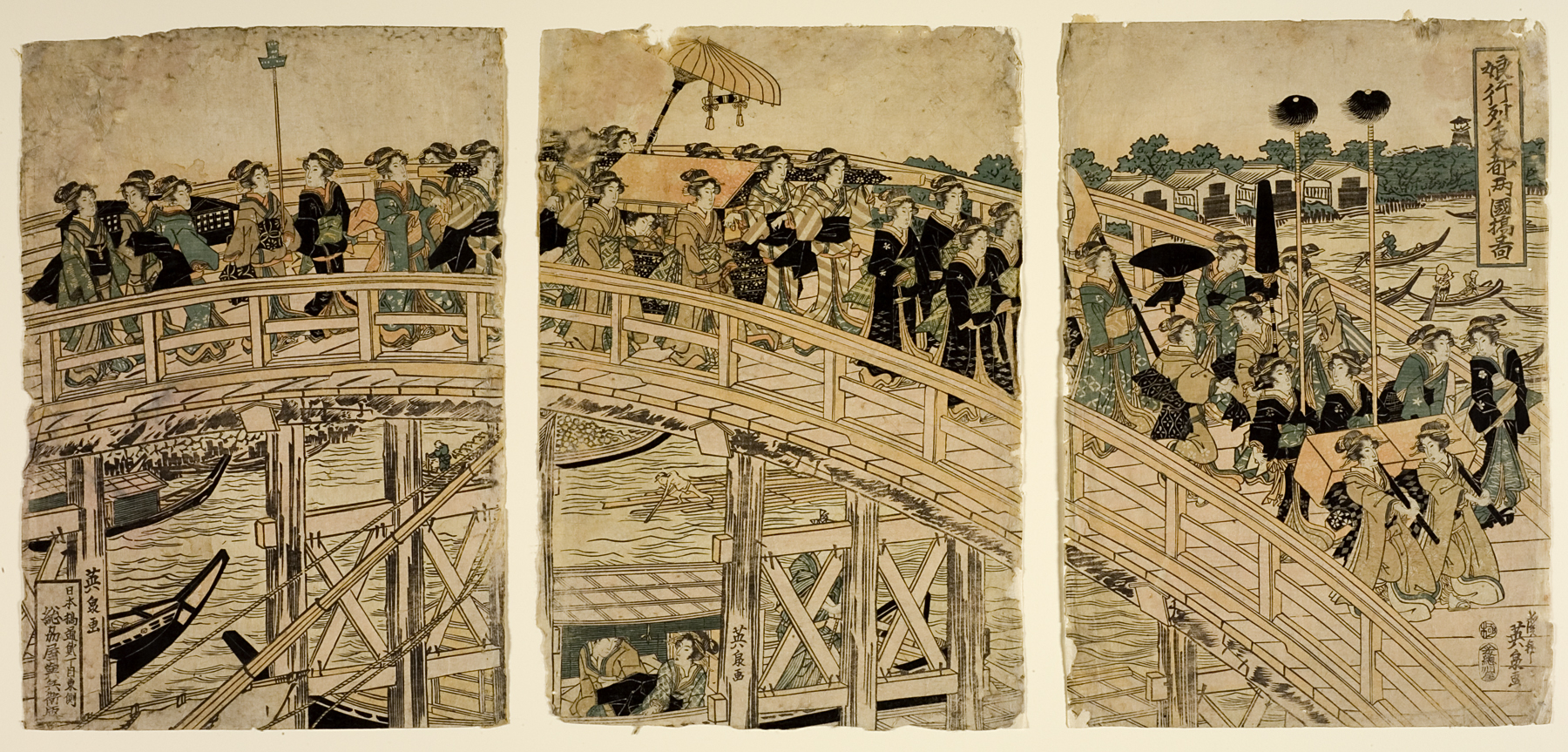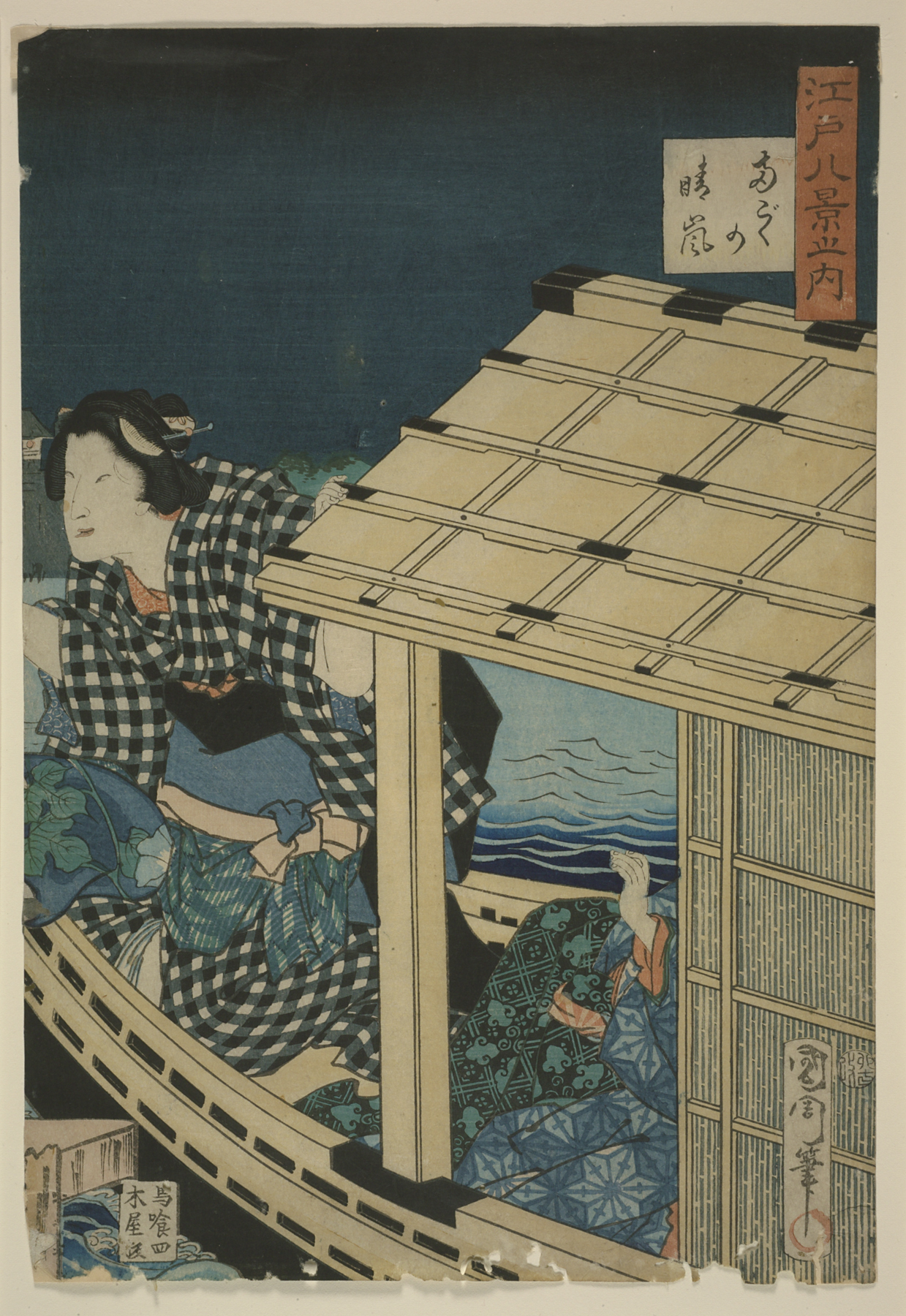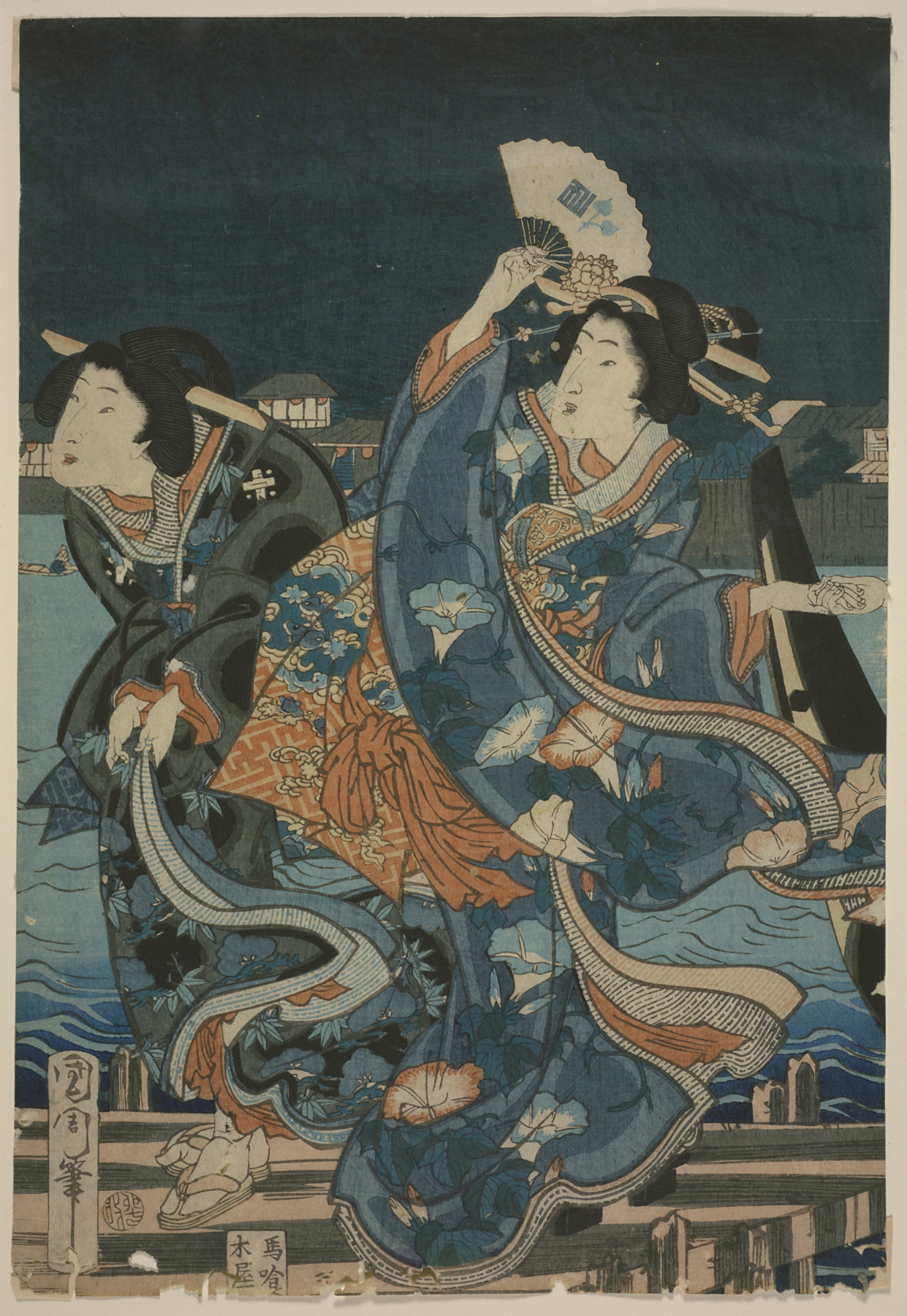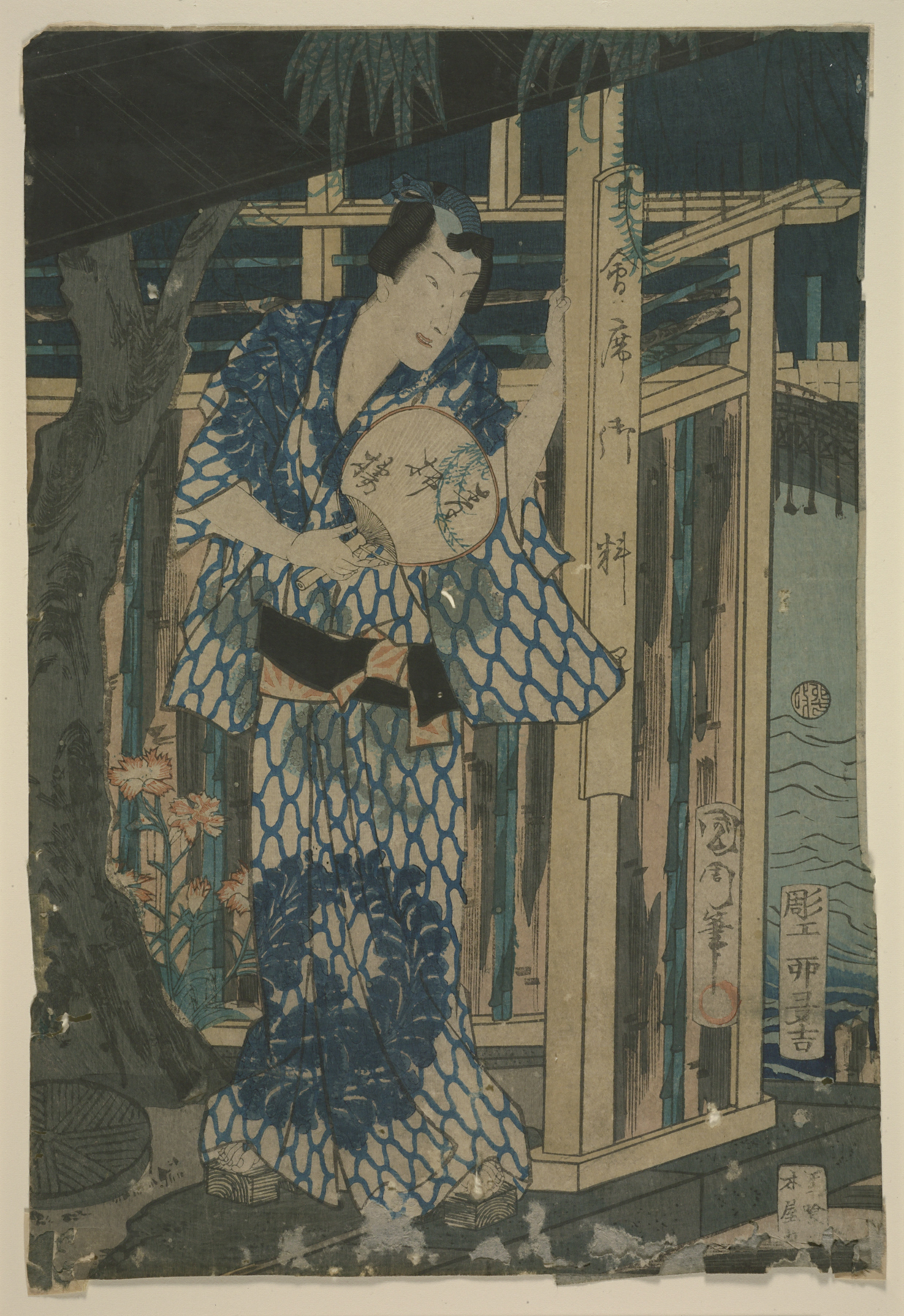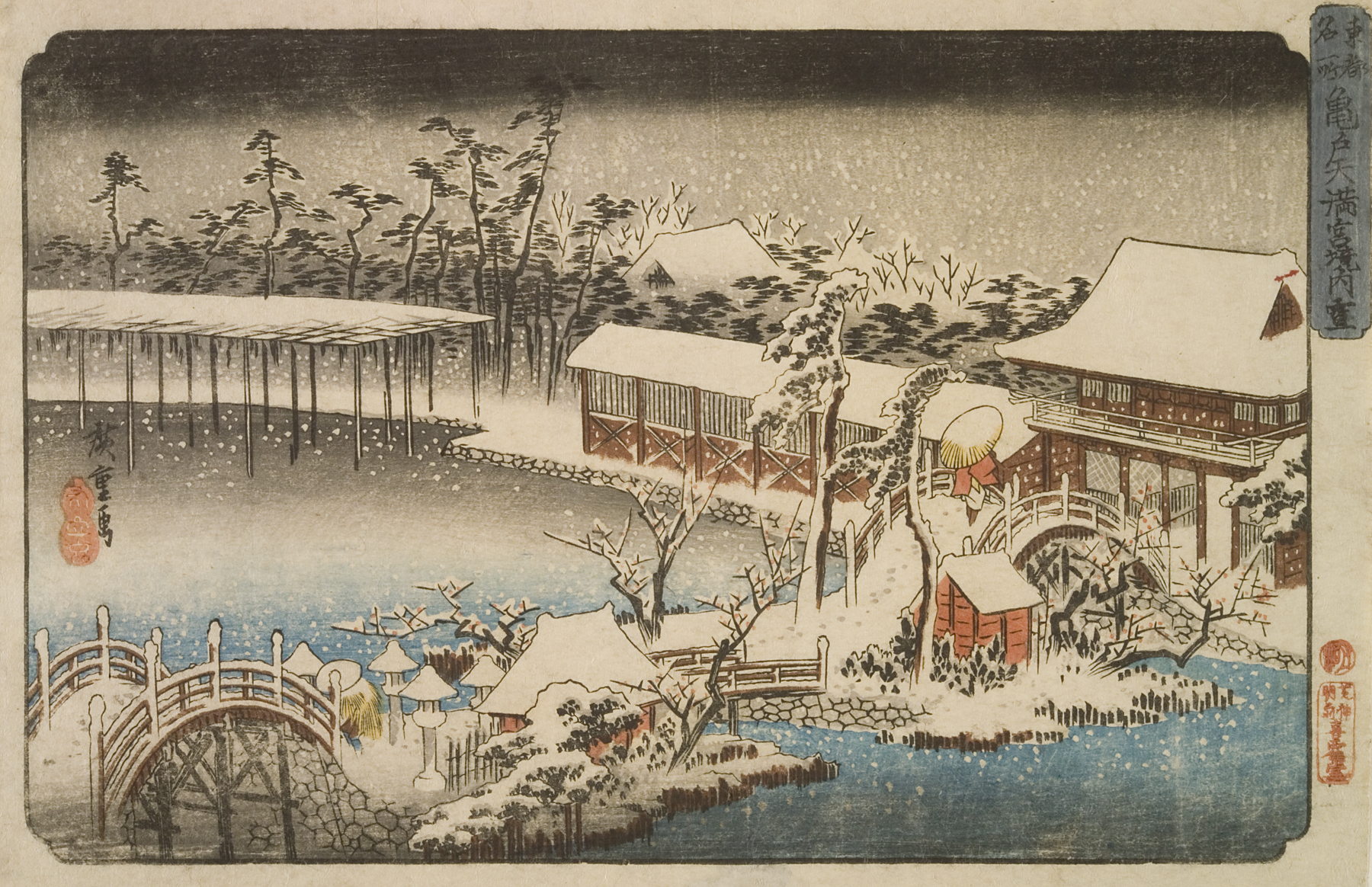Tokyo: The Imperial Capital - Woodblock prints by Koizumi Kishio, 1928-1940 (complimentary prints from permanent collection)
Exhibition Overview

At 11:58 a.m. on September 1, 1923, an earthquake struck Tokyo and eastern Japan with devastating force. A vigorous rebuilding campaign restored the city and transformed it into what became known as the imperial capital. One of the woodblock print artists who captured the drama of its rebirth was Koizumi Kishio (1893-1945), who created One Hundred Pictures of Great Tokyo in the Showa Era (Showa dai Tokyo hyakuzue) from 1928-1940. This portfolio of Koizumi's prints sets the stage for an exhibition depicting the evolution of a key Asian city as it embraced modernity, maintained traditions, and became the backdrop for the militaristic ambitions of an empire. The images produced by Koizumi are a pantheon of impressive views, from modern facilities such as Haneda Airport to nostalgic renderings of revered ancient temples. On loan from The Wolfsonian-Florida International University, these prints provide a visual record of Tokyo's physical reconstruction and development and also chronicle the emergence of a country ready to compete politically and economically on an international stage.
Also included in the exhibition is a selection of Edo period (1615-1868) woodblock prints from the Spencer Museum of Art. Providing scenes of capital life prior to the city's reconstruction, these prints show specific locations within Tokyo, which Koizumi Kishio has depicted almost a century later, in a drastically different political and social climate. The various artists of these prints depicted their city as a relatively peaceful place, where the concern with social position and the world of fleeting desires took precedence over modernization and international relations.
Tokyo: The Imperial Capital is organized by The Wolfsonian-Florida International University, Miami Beach, Florida. This exhibition is made possible by the generous support of Frederic A. and Jean S. Sharf. The Spencer Museum of Art venue is generously supported by the E. Rhodes and Leona B. Carpenter Foundation.
Tokyo: The Imperial Capital is organized by The Wolfsonian-Florida International University, Miami Beach, Florida. This exhibition is made possible by the generous support of Frederic A. and Jean S. Sharf. The presentation of Tokyo: The Imperial Capital at the Spencer Museum of Art is generously supported by a grant from the E. Rhodes and Leona B. Carpenter Foundation.
The World Company, Corporate Sponsor.
This exhibition depicts a time period in Japanese art history that has received little scholarly attention. Consisting of sixty-four prints from Koizumi Kishio’s (1893-1945) series One Hundred Pictures of Great Tokyo in the Showa Era (Showa Dai Tokyo Hyakuzue), it provides contemporary audiences with an opportunity to explore the rebirth of Tokyo in the years following the Great Kanto Earthquake of 1923 into a great imperial capital. Koizumi was involved in a new modern printmaking movement that emerged in the early years of the twentieth century known as sosaku-hanga, or “creative printmaking.” The artists conceived and produced their own prints, moving from initial sketches to block carving to impressing paper onto the pigment-loaded blocks. Emulating the self-produced engraving of European artists, they understood individual expression to be at the heart of their efforts.
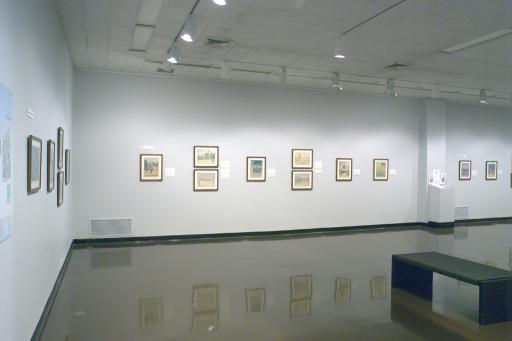
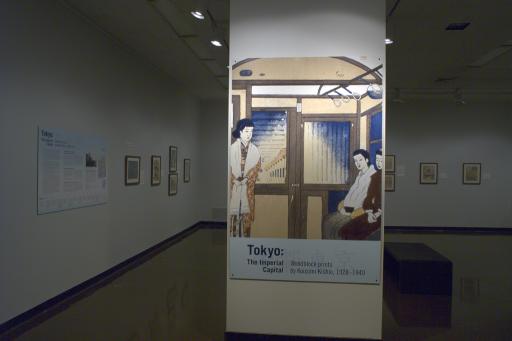
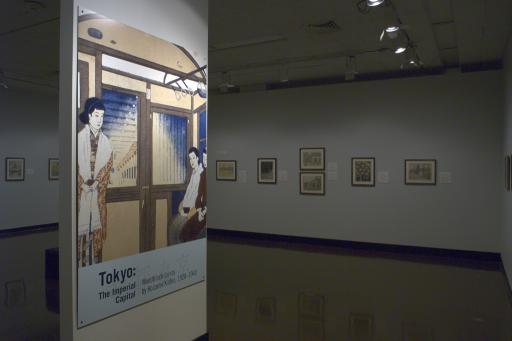
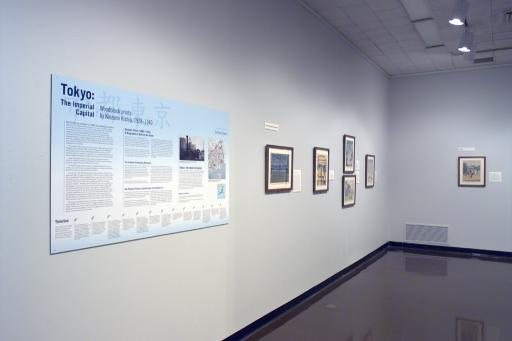
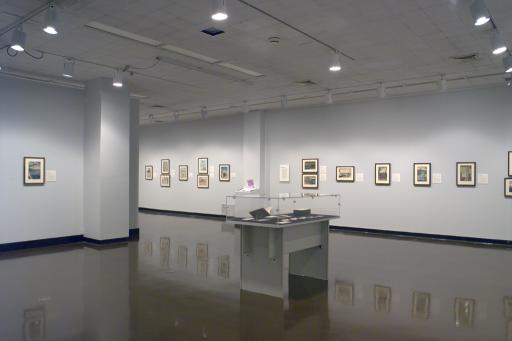
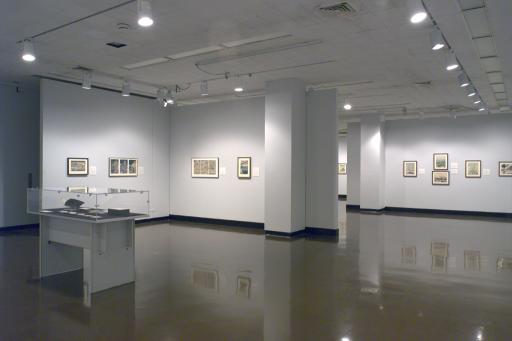

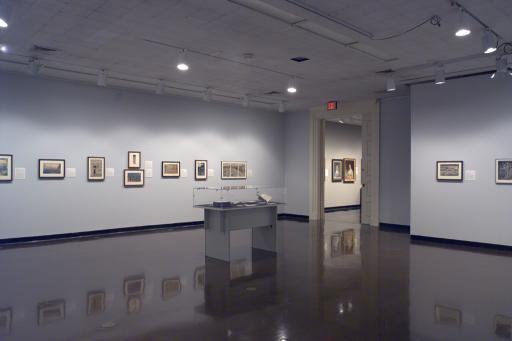
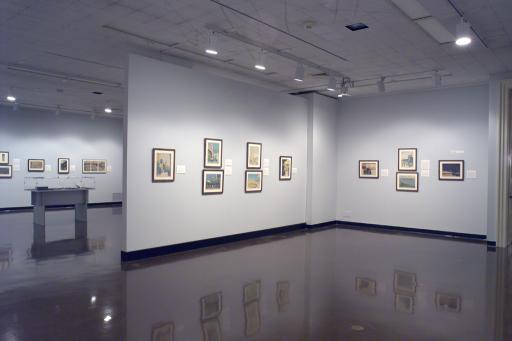
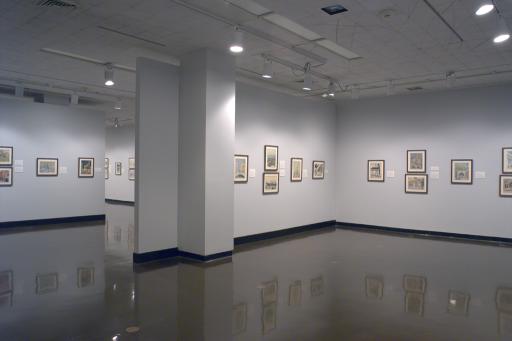
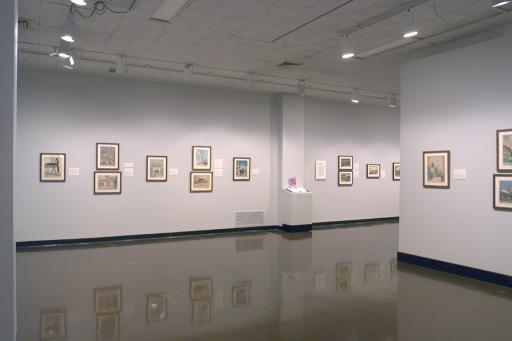
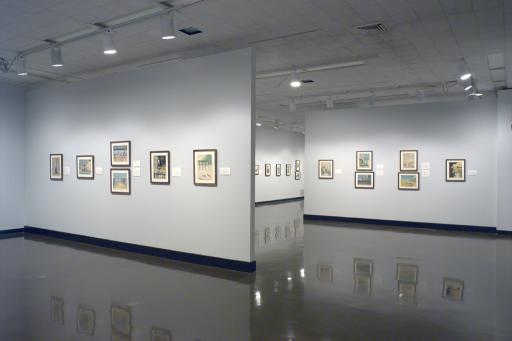
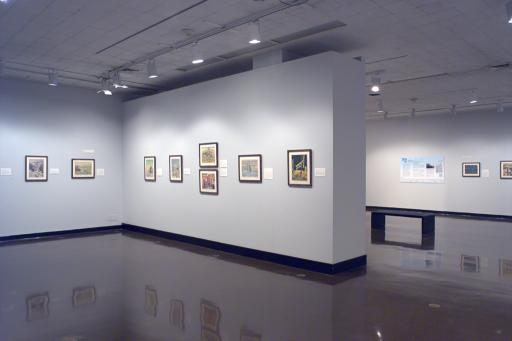
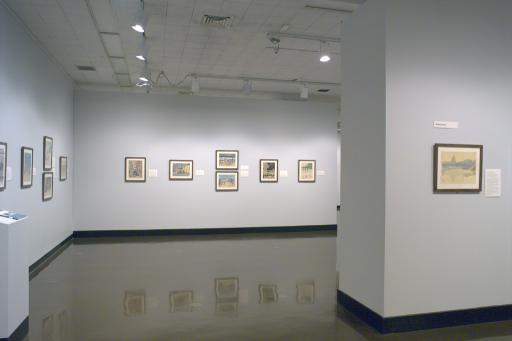
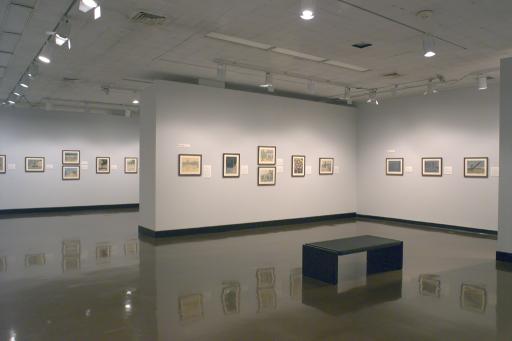



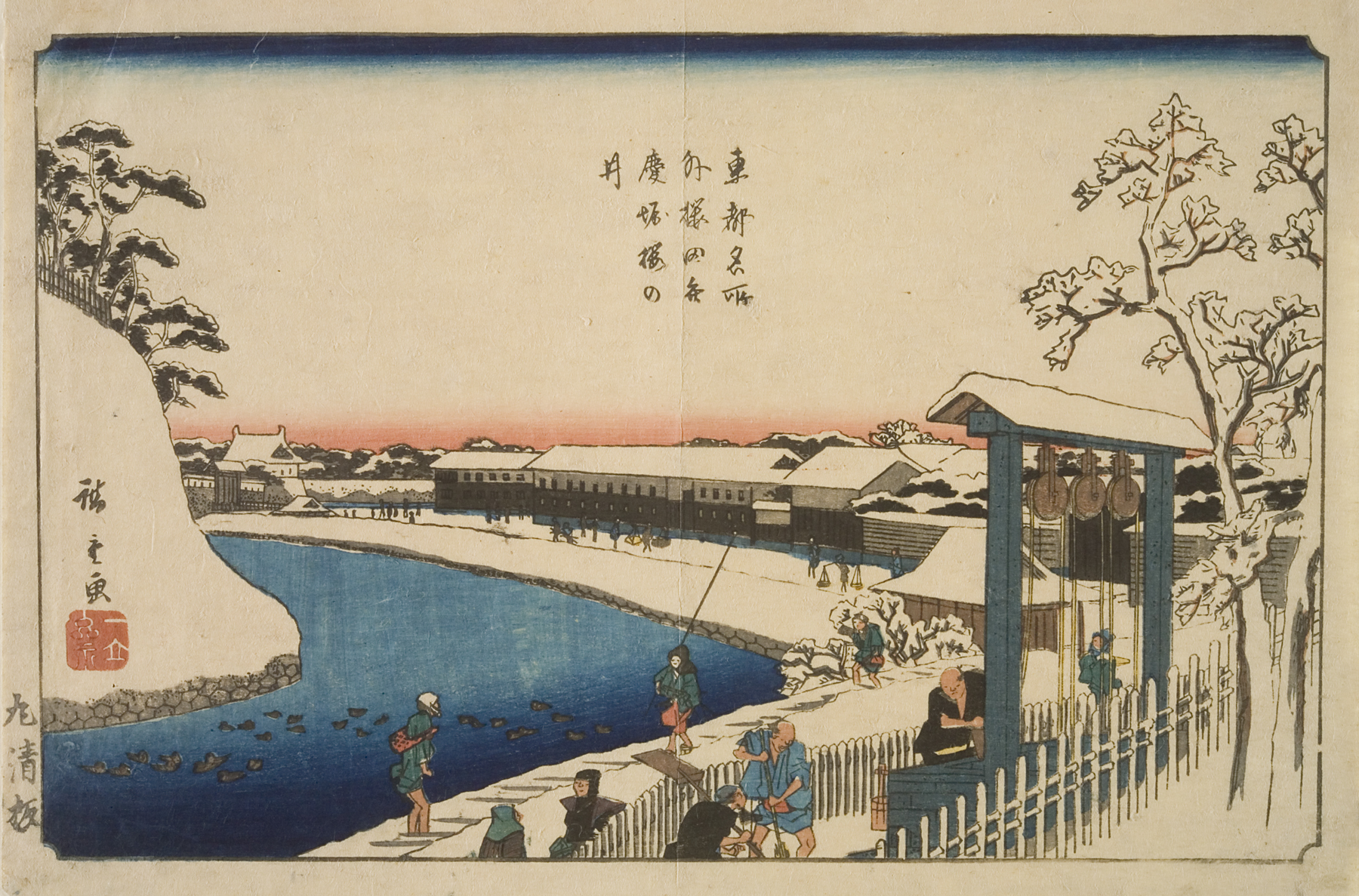







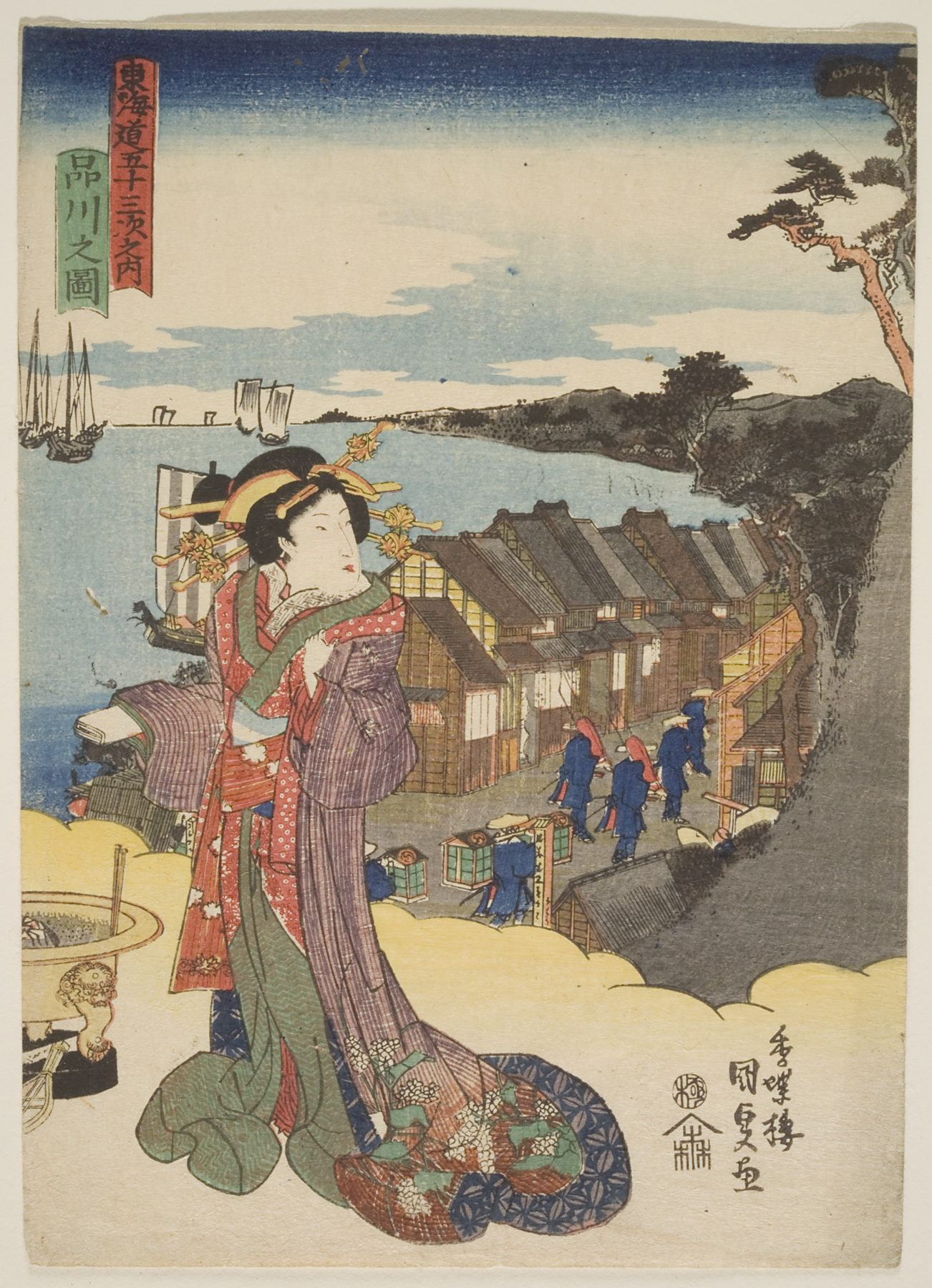

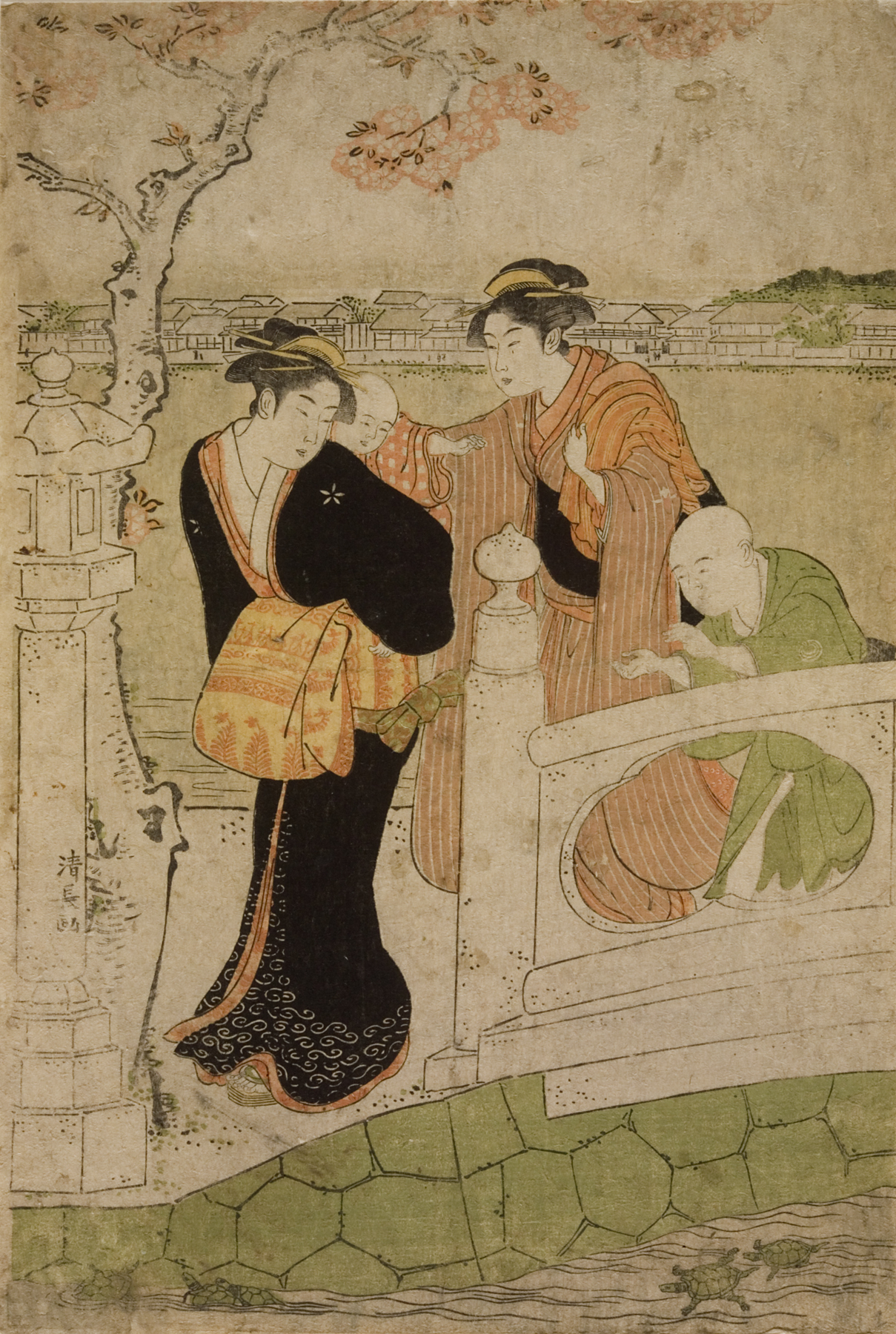

![large perspective picture, Evening Cool by Ryōgoku [bridge], Okumura Masanobu](https://sma-search-api.ku.edu/271eaba00a5896ad7d382f6b3cfa5eeedb2599d8ed4071cc8fc9bad7b36fd308/1928.7667.jpg)
